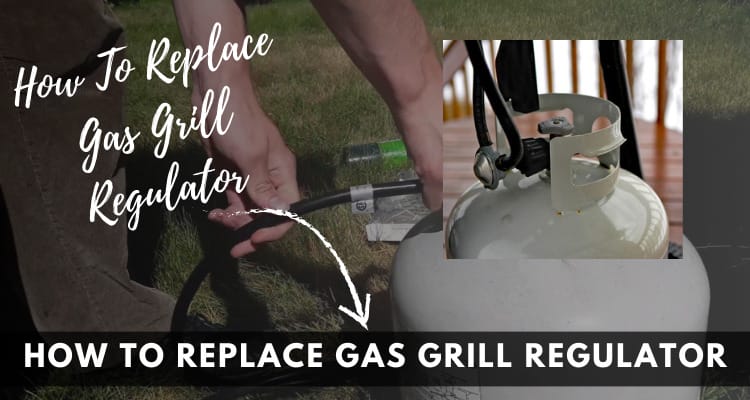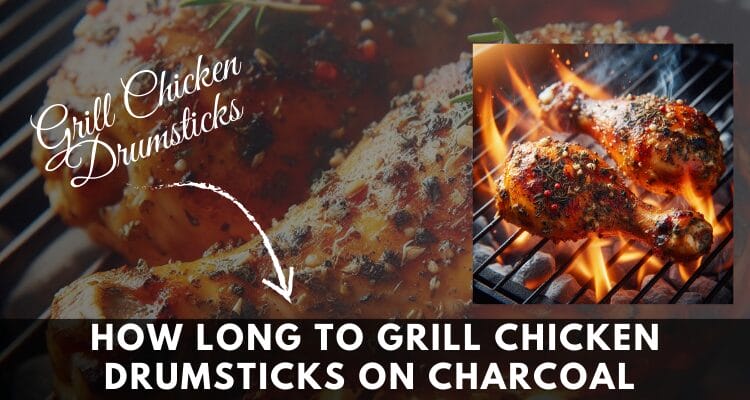How To Replace Gas Grill Regulator | DIfferent Ways
Impress your friends and family with perfectly cooked meals every time by following our guide on how to replace a gas grill regulator.
Replacing a gas grill regulator is an easy task that can be done at home. First, disconnect the propane tank and unscrew the old regulator. Then, attach the new one and test for any leaks before using your grill again. Always consult your grill’s manual for specific instructions.
In my experience, replacing a gas grill regulator is a simple process that can be done by anyone. It only requires a few tools and basic knowledge of how the grill operates.
However, it is important to follow safety precautions and consult the manufacturer’s instructions before attempting any replacement. Remember to always turn off the gas supply before starting the process.
In this article, we will guide you through the steps to replace a gas grill regulator and provide some tips to ensure a successful replacement.
So let’s get started!
Tools Required for Gas Grill Regulator Replacement
Before you begin, make sure you have the necessary tools on hand. This will save you time and frustration during the replacement process.
Here are the tools you will need:
- Adjustable wrench
- Screwdriver
- New gas grill regulator
- Leak detection solution (or soapy water)
Steps to Replace a Gas Grill Regulator
There are several steps involved in replacing a gas grill regulator, but don’t worry, it’s not as complicated as it may seem. Just follow these steps and you’ll have your regulator replaced in no time.
Step 1: Turn off the gas supply
Before you start, make sure to turn off the gas supply. This is important for your safety and to prevent any gas leaks.
Step 2: Disconnect the Propane Tank
Once the gas supply is turned off, disconnect the propane tank from the grill. Make sure to do this carefully and slowly as there may still be some pressure in the tank.
Step 3: Unscrew the Old Regulator
Using an adjustable wrench, unscrew the old regulator from the gas grill. Make sure to hold onto both the regulator and the hose while unscrewing to prevent any damage or injury.
Step 4: Attach the New Regulator
Take your new gas grill regulator and attach it to the grill. Make sure it is securely attached and tightened using the adjustable wrench.
Step 5: Test for Leaks
Before using your grill again, test for any gas leaks. You can do this by applying a leak detection solution or soapy water to the connections and looking for bubbles. If there are no bubbles, then you’re good to go!
Step 6: Reconnect the Propane Tank
Lastly, reconnect the propane tank to the grill and make sure it is securely attached. Now you’re ready to fire up your grill with a new regulator!
Tips for a Successful Gas Grill Regulator Replacement
To ensure a successful replacement process, here are some tips to keep in mind:
Tip 1: Consult Your Grill’s Manual
Every grill is different, so always consult your grill’s manual for specific instructions on how to replace the regulator. This will also help you identify any unique steps or tools needed for your particular model.
Tip 2: Check for Compatibility
When purchasing a new gas grill regulator, make sure it is compatible with your grill and propane tank. This will prevent any issues or complications during the replacement process.
Tip 3: Be Mindful of Safety
Always prioritize your safety when working with gas and grills. Turn off the gas supply and take precautions to prevent any gas leaks during the replacement process.
Tip 4: Regularly Inspect Your Grill
To prevent any future issues, make it a habit to regularly inspect your grill and its components including the regulator. This will help identify any potential problems before they become bigger issues.
Choosing the Right Replacement Regulator
When it comes to replacing a gas grill regulator, it is important to choose the right replacement for your specific grill and propane tank. You can consult with a professional or do some research online to make sure you are getting the correct part.
By following these steps and tips, you’ll be able to confidently replace your gas grill regulator and enjoy perfectly cooked meals on your grill once again. Remember to always prioritize safety and consult your grill’s manual for specific instructions.
Additional Tips for Maintaining Your Gas Grill
While replacing the gas grill regulator is an important task, it’s also essential to regularly maintain your gas grill for optimal performance and safety. Here are some additional tips to keep in mind:
- Clean your grill regularly to prevent the buildup of grease and debris, which can lead to fire hazards.
- Deep clean your grill at least once a year by removing all parts and cleaning them thoroughly with soap and water.
- Check for any wear and tear on the gas line, including cracks or leaks, and replace if needed.
- Store your grill properly during the off-season to protect it from harsh weather conditions.
By following these tips and properly maintaining your gas grill, you’ll be able to enjoy delicious grilled meals for years to come.
Testing the Newly Installed Regulator for Proper Functioning
After replacing the gas grill regulator, it’s important to test its functioning before using the grill again. This will ensure that the replacement is successful and there are no issues with the new regulator.
To test the newly installed regulator, turn on your grill and adjust the heat settings. The flame should be consistent and evenly distributed across the cooking surface.
If you notice any irregularities, such as yellow or orange flames, it may indicate a problem with the regulator and you should consult a professional.
Troubleshooting Common Issues After Replacement
If you encounter any problems after replacing your gas grill regulator, here are some common issues and how to troubleshoot them:
Leaking gas
If you notice any gas leaks, immediately turn off the gas supply and double-check all connections. Tighten any loose connections or replace faulty parts.
The flame is too low
If your flame is too low, it could be due to a blocked or clogged gas line. Check for any obstructions and clean the gas line if necessary. You can also try adjusting the pressure on the regulator.
Flame is too high
On the other hand, if your flame is too high, it could be due to a faulty regulator. In this case, you will need to replace the regulator with a new one.
double-check all connections
Lastly, make sure to double-check all connections after replacing the gas grill regulator. This will ensure that everything is securely attached and there are no leaks or issues.
With these tips and steps in mind, you’ll be able to successfully replace your gas grill regulator and continue enjoying delicious grilled meals. Remember to always prioritize safety and consult a professional if needed.
Conclusion
To sum it up, replacing a gas grill regulator may seem daunting at first, but with the right steps and precautions, it can be done easily and safely. Always remember to turn off the gas supply, consult your grill’s manual for specific instructions, and regularly inspect your grill for any potential issues. With proper maintenance and care, your new gas grill regulator should last for many grilling seasons to come.
FAQs
When should I replace my gas grill regulator?
When to Replace Gas Grill Regulator: Replace the gas grill regulator if you notice irregular flames, difficulty igniting, or if it’s been in use for more than 5 years.
How do you fix a regulator on a gas grill?
Fixing a Regulator on a Gas Grill: To fix a regulator, first, ensure the gas tank valve is off. Then, detach the regulator and hose, inspect for damages or blockages, and clean or replace parts as needed. Reconnect securely and test.
How do I know if my grill regulator is bad?
Signs of a Bad Grill Regulator: Look for irregular flame patterns, low heat, flames going out, or a strong smell of gas. These could indicate a faulty regulator.
Are all regulators the same for gas grills?
Variety of Regulators for Gas Grills: Not all regulators are the same. They come in different sizes and pressure ratings, so make sure to get one compatible with your specific grill model and gas type (propane or natural gas).






